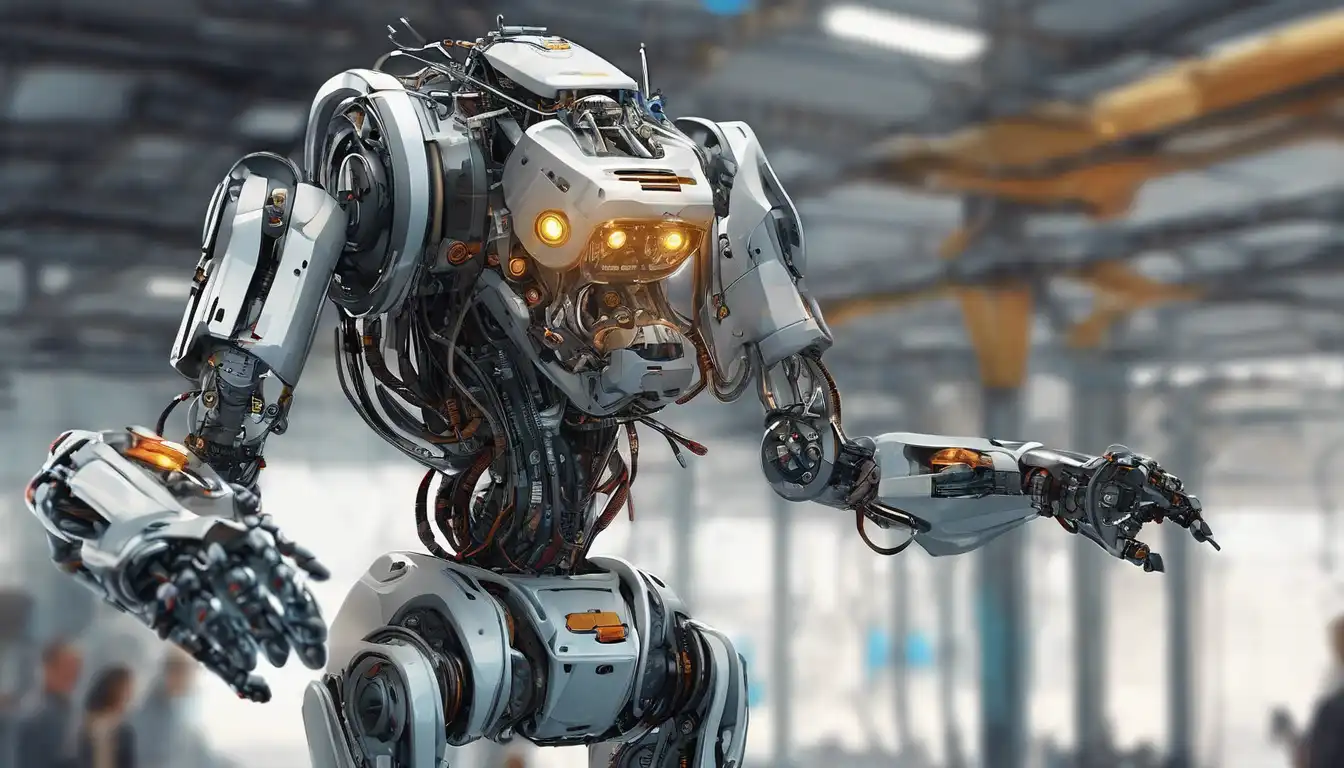Introduction to Robotics
Robotics represents a fascinating intersection where technology and innovation converge to create machines capable of performing tasks autonomously or semi-autonomously. This field has evolved dramatically over the years, from simple mechanical devices to complex systems integrated with artificial intelligence (AI) and machine learning. Today, robotics is at the heart of numerous industries, revolutionizing how we work, live, and interact with the world around us.
The Evolution of Robotics
The journey of robotics began with the creation of basic automated machines designed to perform repetitive tasks. Over time, advancements in technology have enabled the development of robots that can learn from their environment, make decisions, and even interact with humans in meaningful ways. This evolution has been driven by breakthroughs in AI, sensor technology, and computing power, making robots more versatile and intelligent than ever before.
Applications of Robotics in Today's World
Robotics has found applications in a wide range of sectors, including manufacturing, healthcare, agriculture, and even space exploration. In manufacturing, robots have transformed production lines, increasing efficiency and safety. In healthcare, robotic surgery and patient care robots are improving outcomes and quality of life. Meanwhile, in agriculture, robots are being used for planting, harvesting, and monitoring crop health, showcasing the versatility of this technology.
The Role of Artificial Intelligence in Robotics
Artificial intelligence plays a pivotal role in modern robotics, enabling machines to process information, learn from experiences, and perform tasks with minimal human intervention. AI algorithms allow robots to recognize patterns, solve problems, and adapt to new situations, making them invaluable in dynamic environments. The integration of AI with robotics is paving the way for innovations such as autonomous vehicles and smart home devices.
Challenges and Future Directions
Despite the remarkable progress, the field of robotics faces challenges, including ethical considerations, job displacement concerns, and the need for improved human-robot interaction. Addressing these issues is crucial for the sustainable development of robotics. Looking ahead, the future of robotics is bright, with ongoing research focused on enhancing AI capabilities, developing more energy-efficient robots, and exploring new applications in fields like environmental conservation and disaster response.
Conclusion
Robotics stands as a testament to human ingenuity, blending technology and innovation to solve complex problems and improve lives. As we continue to push the boundaries of what robots can do, the potential for positive impact is limitless. The intersection of robotics with other emerging technologies promises to unlock new possibilities, making this an exciting time for researchers, developers, and enthusiasts alike.
For more insights into the latest trends in technology and innovation, explore our technology section.
